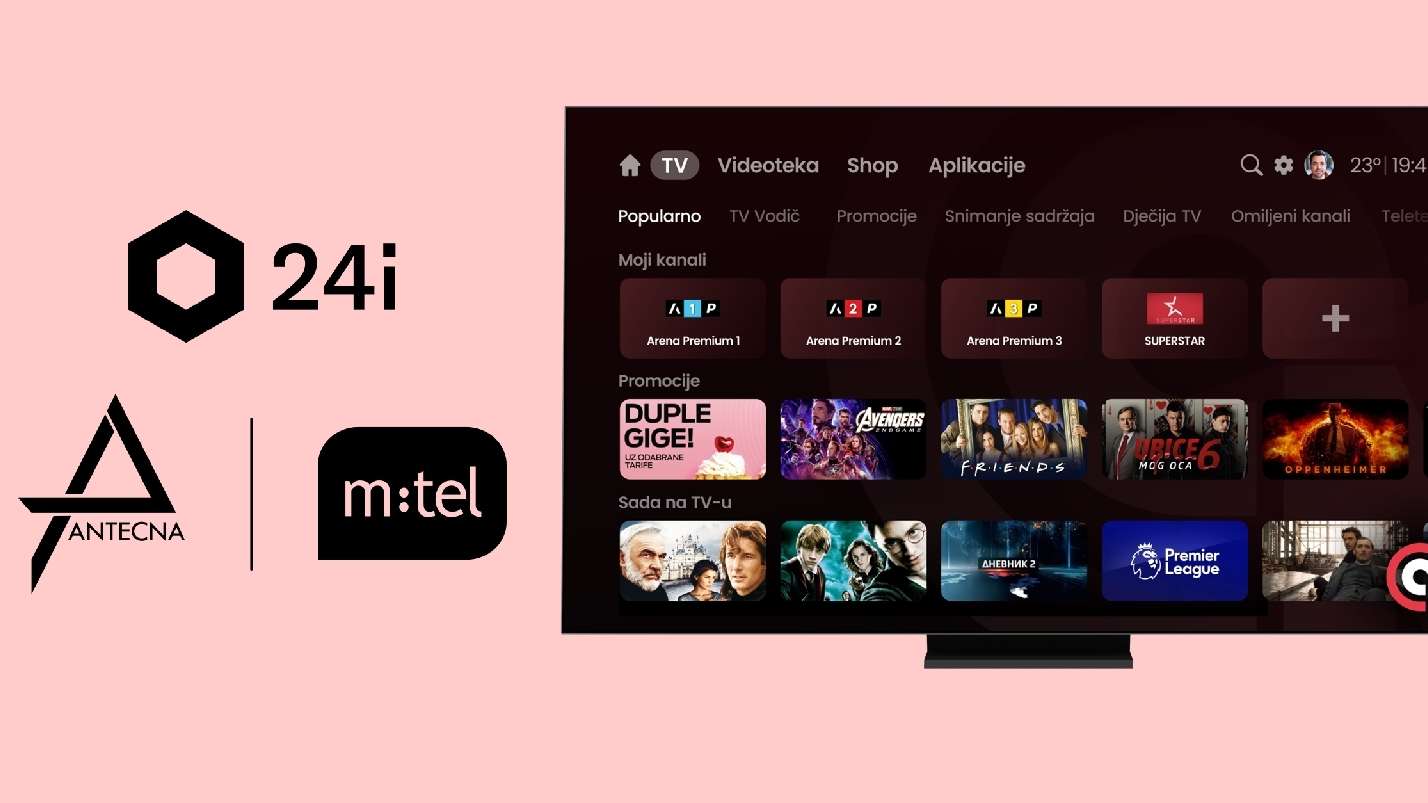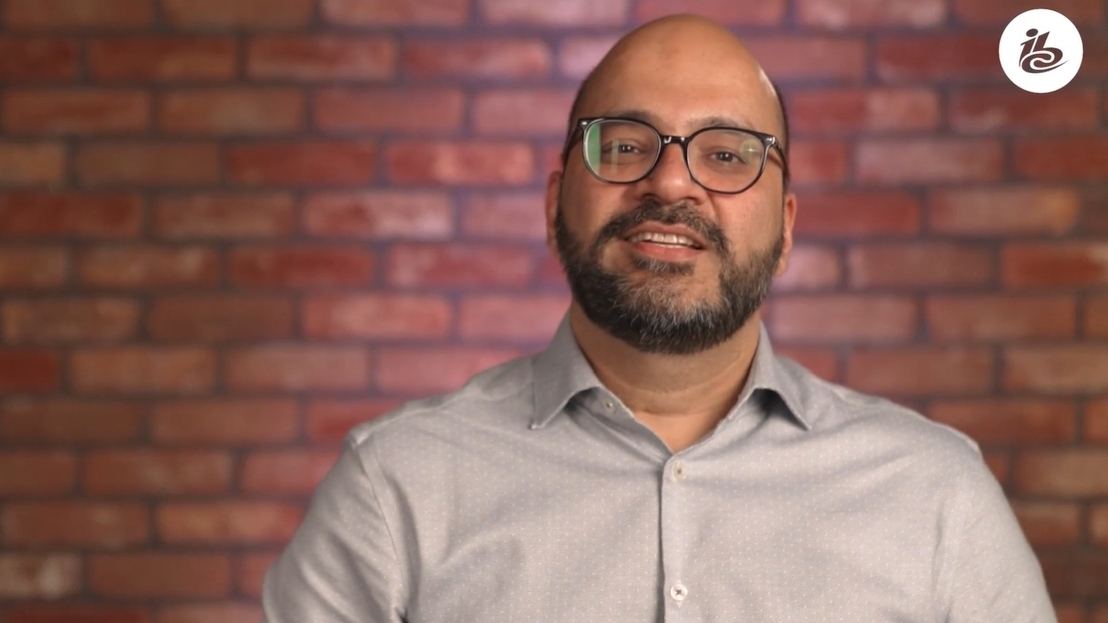News


Controlling data usage with strong streaming vital for video service providers and mobile network operators
IBC Show VOD


IBC Accelerators - ECOFLOW: Picking the right parameters critical to measuring improvements in sustainability
News


Globecast Extends with Al Jazeera Media Network partnership to enhance global distribution services
IBC Show VOD








